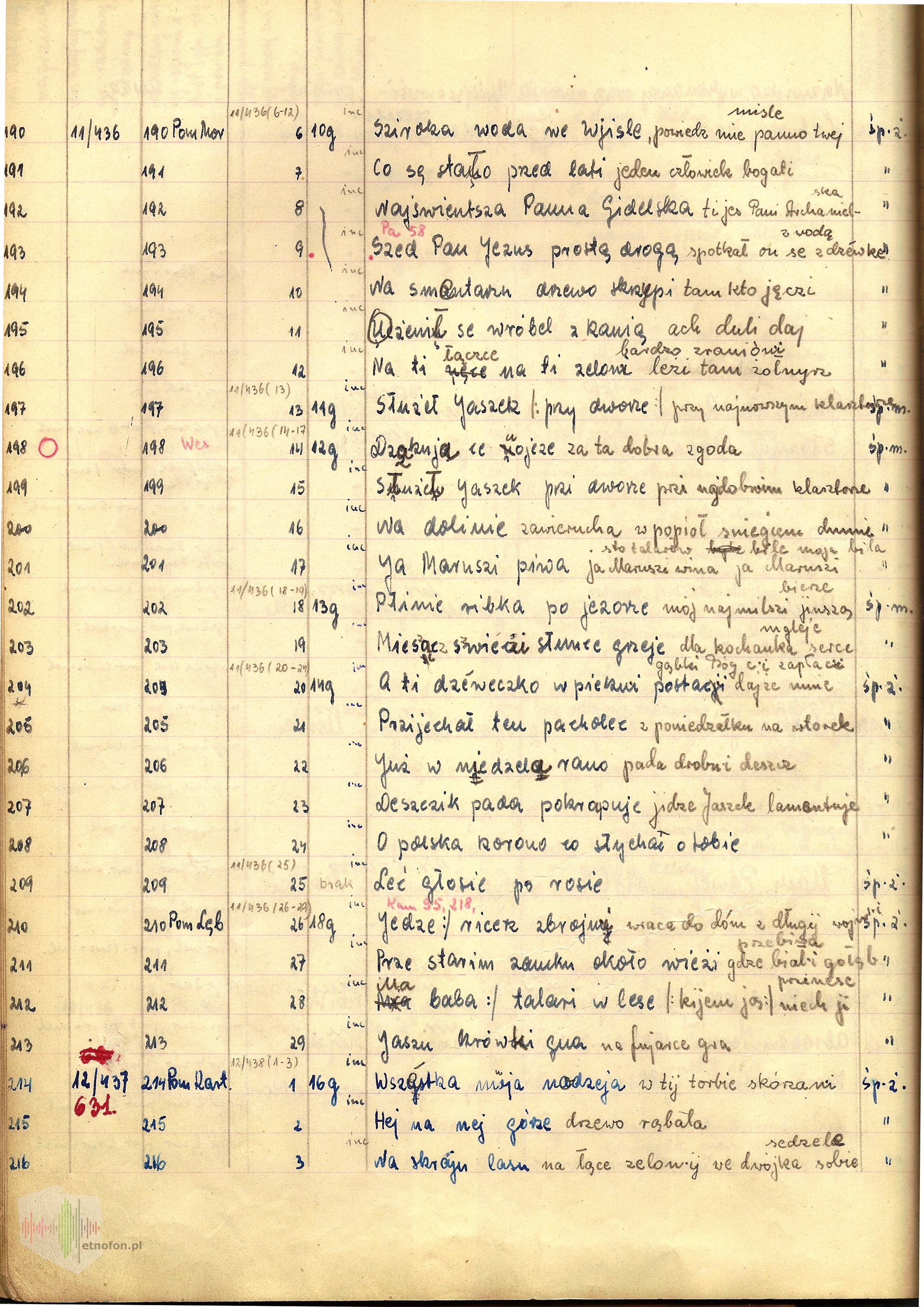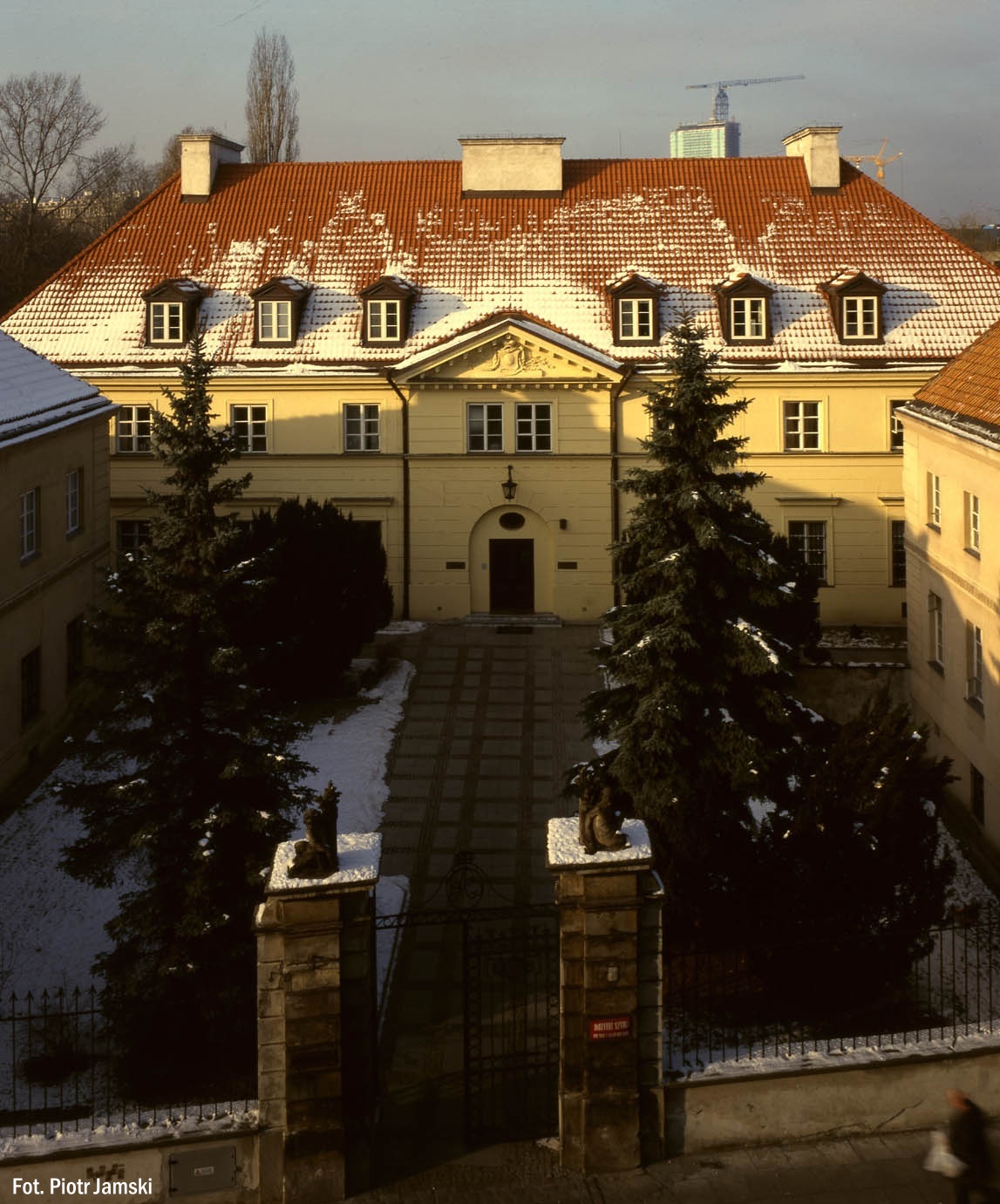
Phonographic Collection of the Institute of Art of the Polish Academy of Sciences
Phonographic Collection of the Institute of Art of the Polish Academy of Sciences
Warsaw, ul. Długa 26/28
http://www.ispan.pl/pl/zbiory/zbiory-fonograficzne
The Institute of Art of the Polish Academy of Sciences’ phonographic collection is the oldest and the largest collection of documentary recordings of Polish traditional music in Poland and in the world.
The collection of sources intended for scientific research includes about 150,000 recordings of authentic performances of songs and instrumental melodies and holds the status of a specialized collection of the Institute of Art of the Polish Academy of Sciences.
The collection of the Phonographic Collection includes audio and audiovisual documents (along with accompanying documentation, the so-called “unrecorded materials”) related to Polish musical traditions. The collection in question also includes recordings of national minorities.
The Phonographic Collection directly continues the work and documentation of the no longer existing interwar institutions, especially the Regional Phonographic Archive established in 1930 at the University of Poznań. The oldest recording stored in the Phonographic Collection comes from 1904 – it is also the earliest known recording of traditional singing in Poland. The historical value of the sources is evidenced by the fact that many of the recorded performers come from the second half of the 19th century – the oldest recorded performers were born in 1854!
The Collection contains recordings preserved on historical media, such as Edison wax cylinders, records, magnetic tapes and film tapes. Contemporary recordings are made with the use of digital technology.
The core of the Phonographic Collection, covering the entire territory of Poland, is the archival collection of recordings made during the nationwide Folklore Music Collecting Campaign in 1950–1954, organized by the then National Institute of Art. Polish Radio cooperated with the Institute of Art on the technical side of field recordings. A valuable archival set consists of recordings saved on records between 1945 and 1950. Beginning in the second half of the twentieth century, recordings were also made during student folkloric camps and as part of research work carried out by individual researchers, collectors and documentalists – employees or associates of the Institute of Art. The collection is still being expanded with sound and audiovisual recordings carried out in the field.
The history of the collection dates back to the interwar period and the aforementioned Regional Phonographic Archive, with which Jadwiga and Marian Sobieski, the founders of the post-war Western Phonographic Archive, which in 1946 was incorporated into the structure of the National Institute of Folk Art Research, were associated with – then as students of professor Łucjan Kamiński. As a result the State Institute of Art was established in 1949. The collection, which starting from 1954, was being gradually enlarged found its final home in Warsaw, and since 1959 has remained as part of the Institute of Art within the structures of the Polish Academy of Sciences.
The collection is a source of research material for a wide range of scientists and researchers. On the basis of the transcription of recordings from the Phonographic Collections, numerous specialist works have been created, including anthologies of folk songs from various regions of the country. The most important series is the Polish Song and Folk Music – Sources and Materials, published by the Institute of Art of the Polish Academy of Sciences, edited by proffesor Ludwik Bielawski. Independently, already in the 1950s, numerous regional collections – repertoire selections – were published with an intention for the amateur movement.
The collection of albums from the IS PAN Folk Music Collection and The Oldest Sounds Documents of Polish Traditional Music series, containing a selection of source material from the Institute of Art of the Polish Academy of Sciences Phonographic Collection, is also growing every year. Individual albums from this series were honoured with prizes in the competition of Polish Radio “Phonogram of Sources”
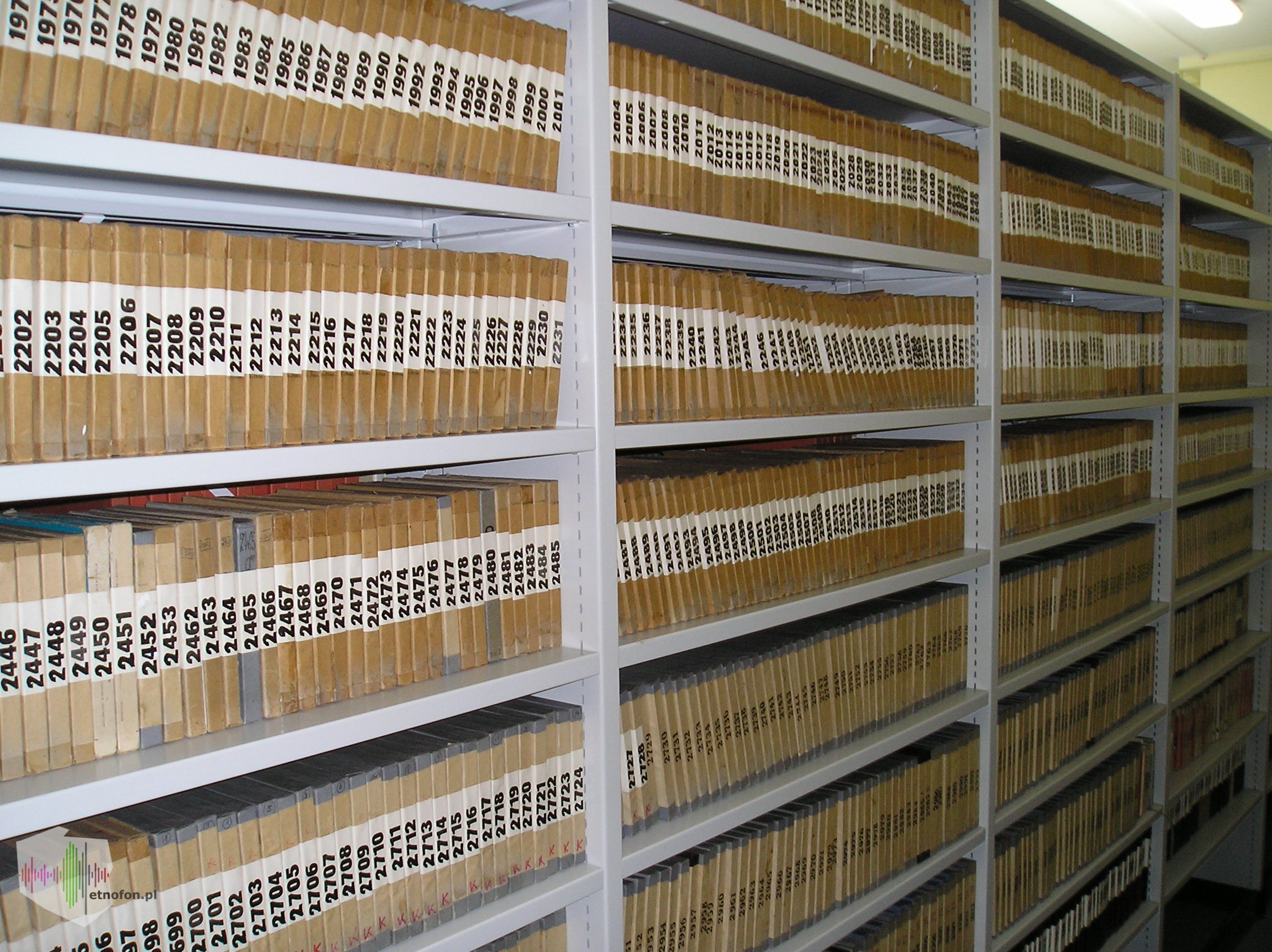
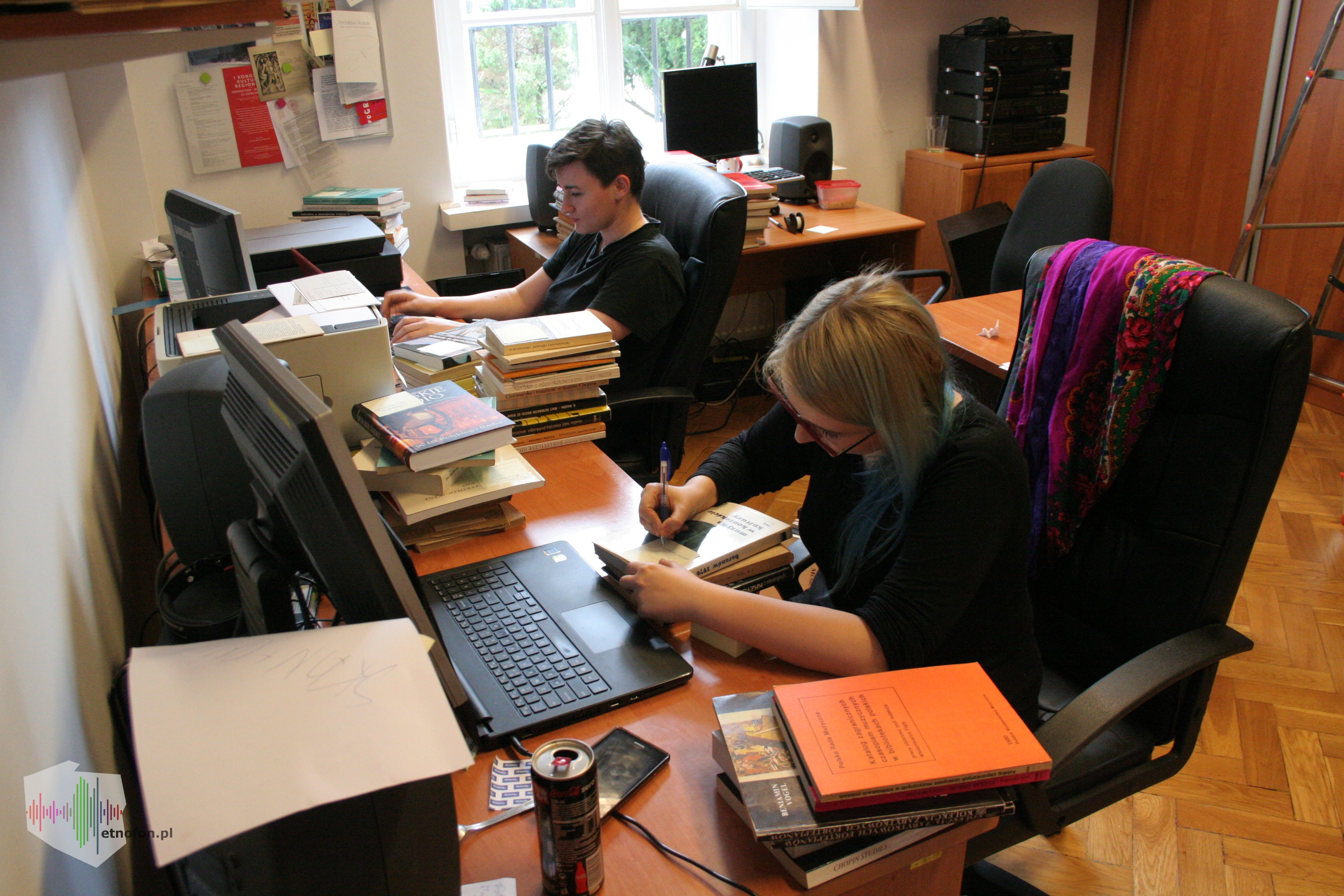
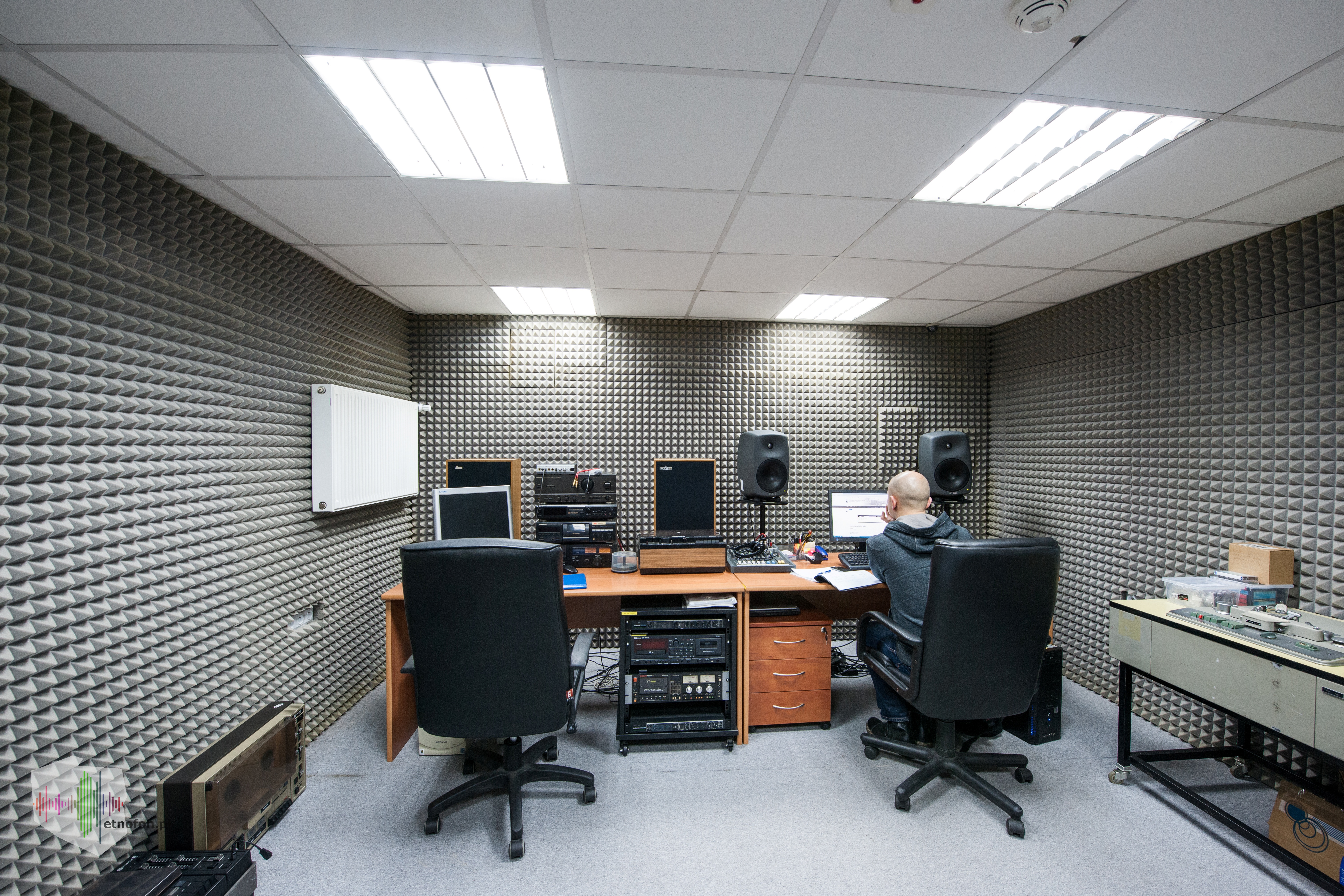
In 2004, the Institute of Art of the Polish Academy of Sciences began digitising its own Phonographic Collection. Numerous undertakings and projects (also carried out on the international arena) as well as interdisciplinary research, editorial and extensive queries led in 2014 to the decision to implement, as part of the works in the Phonographic Collection, the long-term project Polish Traditional Music – Phonographic Heritage, the aim of which is to create a nationwide database of documentary recordings of Polish traditional music – a database of sources for research on Polish musical folklore. It is also a revival of the interwar idea of the Central Phonographic Archive or the Polish Sound Archive and also a kind of a second nationwide campaign to collect phonographic sources of Polish musical folklore created especially in the second half of the 20th century. Since 2017, a digital repository dedicated to ethno-phonographic collections has been in operation, as well as applications for the development of sources and sharing of sources – data and metadata for research. This unique environment was created and is being developed as part of the Polish Traditional Music – Phonographic Heritage project.
The idea of the Gathering of Traditional Music Campaign in the 21st century is also not far from implementation.
In addition to activities in the specialist field of creating, developing, describing and administering digital ethno-phonographic resources, the Phonographic Collection of the Institute of Art of the Polish Academy of Sciences cooperates with digital libraries and participates in Music Information Retrival projects combining digital humanities with modern research trends using, among others, artificial intelligence.




